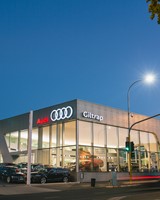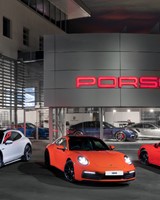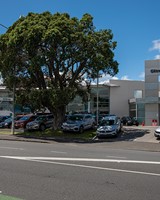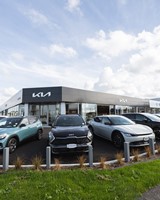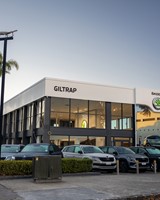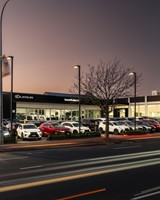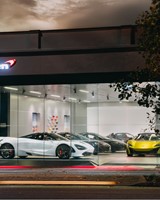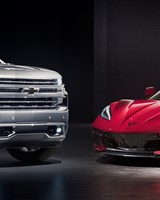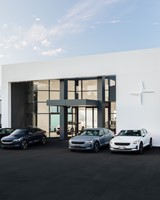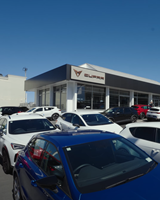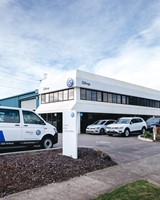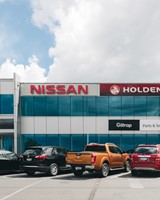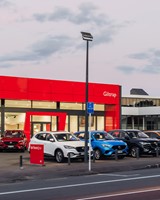For “fast charging” we’re really referring to more commercial grade, three phase DC charging. DC is the fastest way to charge your compatible EV. Public DC fast charging stations supply power from 50kW and above. With this method you can top up your battery from 20 to 80% usually in around 40 minutes. But even this charge time is improving rapidly. Audi’s eTron GT, or the Porsche Taycan are both capable of ultra-fast 350kW charging, which is supported at select public chargers in New Zealand. This technology means you can charge up to 80% full in just 20 minutes.
While there are a few free public chargers in all main centres, you’ll need to set up an account for paying for public charging. This is painless and can be done very quickly.
Energy costs at public chargers vary, but it’s far less than fuel. At time of writing, it is about the same as paying 30 cents per litre for traditional fossil fuel.
So, what about connection types? This can be a little confusing, but it doesn’t need to be.
In essence, it merely refers to the shape and configuration of the connector your vehicle uses. You just need to keep this in mind when selecting the right type of cable at a public charger. Consider it the same as selecting 91, 95 or Diesel at a fuel pump. But don’t panic, you can’t mate the wrong connector to your car by accident.























